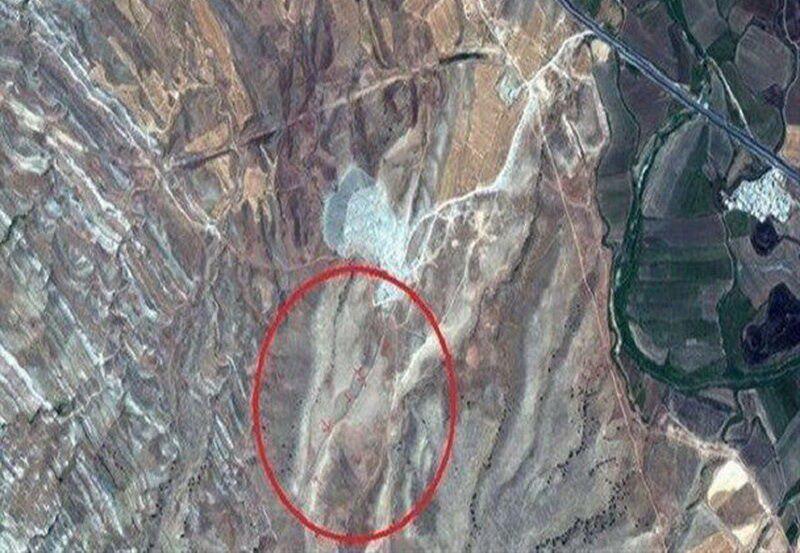The wall is similar to a wall built in England during the Roman Empire known as the Hadrian’s Wall or Roman Wall.
Sajjad Ali Beigi, a PhD candidate of archaeology at the University of Tehran, says “it is estimated that approximately one million cubic metres of stone and considerable labour and time has been spent on its construction.”
Ali Beigi made the remarks in a paper published by Antiquity magazine. According to him, the structure begins in the north of Bamu in Sarpol-e Zahab and ends in an area near the village of Zhav Marg in Kermanshah province.
The clays on the wall indicate that it was built between the fourth and sixth century CE.
Although the wall was unknown to archaeologists, according to Ali Beigi, locals living near it have long been aware of the wall and call it the “Gavri Wall”.
Following the publication of Ali Beigi’s article, another group of archaeologists have been conducting new research on the wall.
Archaeologists are not sure what the purpose of its construction is. The location of the wall is in a place that has prevented researchers from doing any kind of research.
Scientists are not even sure of its exact width and height. But according to Ali Beigi, their best estimate is 13 feet (4 metres) of width and about 10 feet or (3 metres) of height. He said the examination is underway, pointing out that it might belong to an ancient empire.
He speculated that the border might belong to the Parthians, who lived in the area between 247 BCE and 224 CE. This speculation may also apply to the Sasanians who were living in the region till 651 CE.
“Both of these empires built large cities and castles and drainage systems in western Iran, so they both had the resources to build such a wall. The newly discovered wall is not the only ancient high wall in Iran. Archaeologists have already found similar structures in the northern and northeastern parts of Iran and may construct these walls for defensive purposes,” concluded this Iranian researcher.
